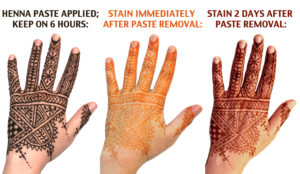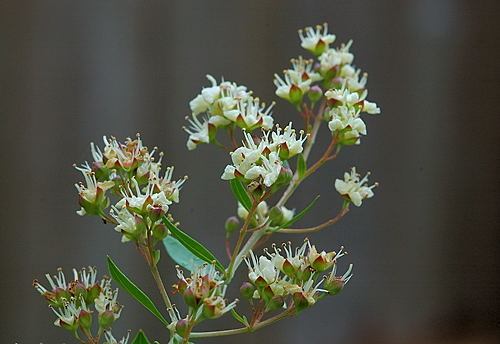
Henna, a versatile plant in terms of its applications, is typically and widely used in India since antiquity, to dye skin, hair, fingernails and fabrics such as silk, wool and leather.
Uses
- Natural dye/ temporary body art: also named as mehndi.

Processes
- From coarse crushed leaves, powder is generated after drying, milling and sifting the plant’s leaves.
- By mixing with liquids such as lemon juice, strong tea and sometimes, sugar or molasses, henna paste is formed and ready for dying.
More Information
- http://www.hennapage.com/
- http://www.theayurveda.org/ayurveda/herbal-medicine/10-benefits-of-evergreen-plant-henna/

Please comment to help us improve this entry: